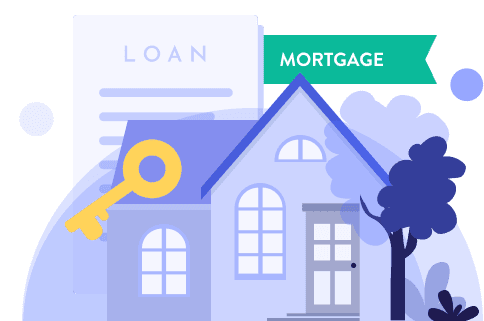APRs influence your repayments and the overall cost of a HELOC. Competitive ones can reduce your monthly payments and save money in the long term. The current national average APR on a HELOC is 6.64%. MoneyGeek’s analysis identified Aven, PNC Bank and TD Bank as leading lenders for the best HELOC rates, with APRs starting as low as 7.99%, 8.22% and 8.34%, respectively.
While the lowest APR is a prime reason these lenders stand out, the total cost also depends on other features such as rate discounts and absent fees. Each lender has its own set of advantages and drawbacks, so review their terms to find the HELOC that best suits your financial needs.







